 Barbara Blanks Gathen
Barbara Blanks Gathen
Entry Category: Education
 Barbara Blanks Gathen
Barbara Blanks Gathen
 Girls Dormitory
Girls Dormitory
Good, Mary Lowe
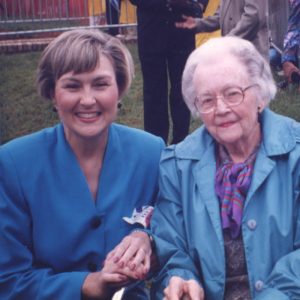 Gordy and Huckaby
Gordy and Huckaby
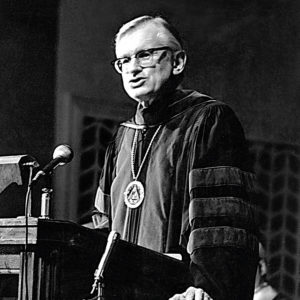 Grant Speaking
Grant Speaking
 Daniel Grant
Daniel Grant
Grant, Daniel Ross
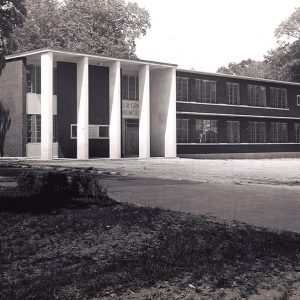 J. R Grant Memorial Hall
J. R Grant Memorial Hall
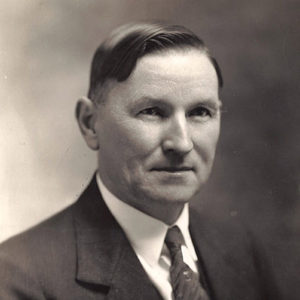 James R. Grant
James R. Grant
 James R. Grant
James R. Grant
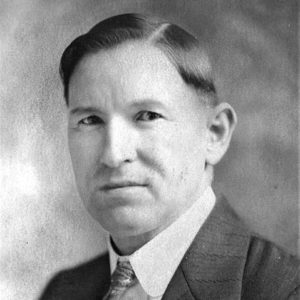 James R. Grant
James R. Grant
Grant, James Richard (J. R.)
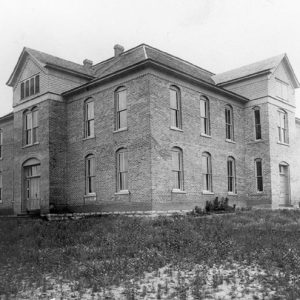 Gravette High School
Gravette High School
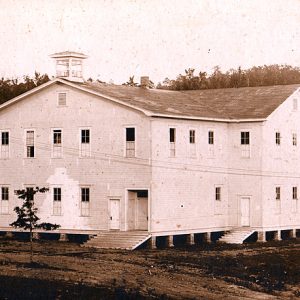 Graysonia School
Graysonia School
 Ernest Green
Ernest Green
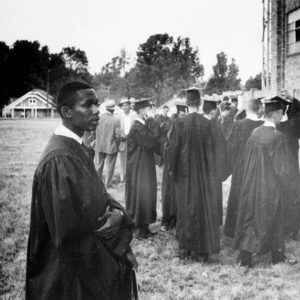 Ernest Green
Ernest Green
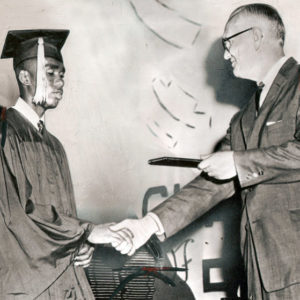 Ernest Green Receives Diploma
Ernest Green Receives Diploma
 Ernest Green
Ernest Green
Green, Ernest Gideon
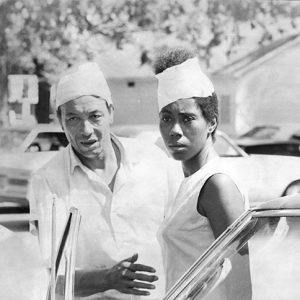 Ezra and Jackie Greer
Ezra and Jackie Greer
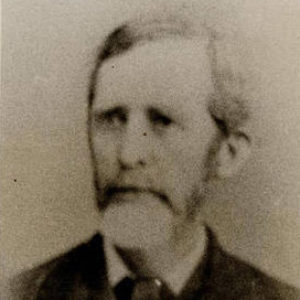 Lafayette Gregg
Lafayette Gregg
Gregg, Lafayette
Griffithville School
Griggs, Mildred Barnes
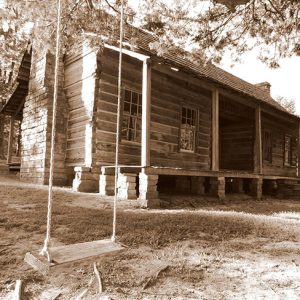 Grigsby House
Grigsby House
Halbrook, William Erwin
Hampton, Sybil Jordan
Harding University
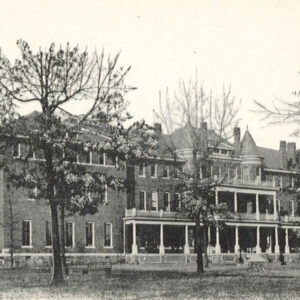 Harding University
Harding University
Harding, Arthur McCracken
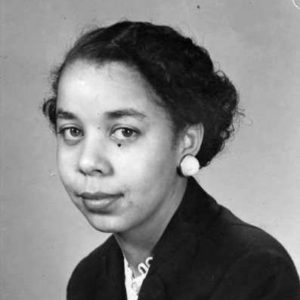 Alice N. Harris
Alice N. Harris
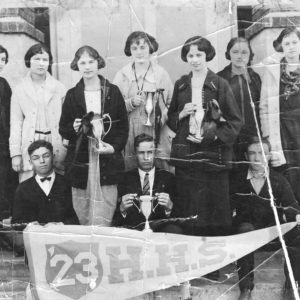 Harrisburg High School
Harrisburg High School
Harrison, Allie Cleveland
Harrison, William Neal
aka: William Neal Harrison
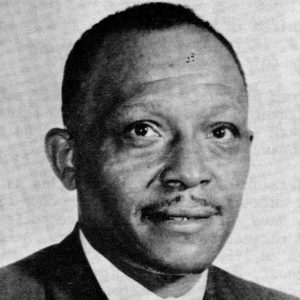 Edwin L. Hawkins
Edwin L. Hawkins
Hawkins, Edwin Luther, Sr.
 Ruth Hawkins
Ruth Hawkins
Haygood Seminary
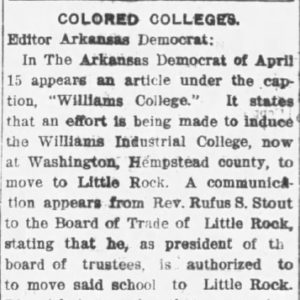 Haygood Seminary Letter
Haygood Seminary Letter
Haynes, George Edmund
 Hazard Hall
Hazard Hall
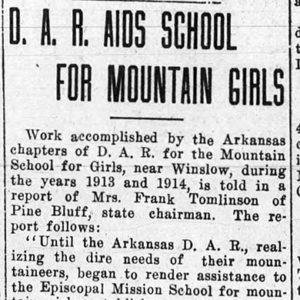 Helen Dunlap School Aid
Helen Dunlap School Aid
Helen Dunlap School for Mountain Girls
aka: Helen Dunlap Memorial School for Mountain Girls
Henderson State University (HSU)
Henderson-Brown College
Hendrix College
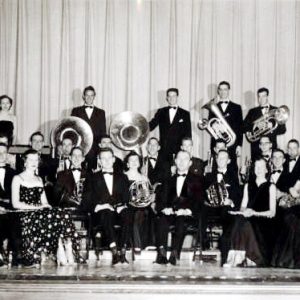 Hendrix College Concert Band
Hendrix College Concert Band
Hill, Daniel Harvey
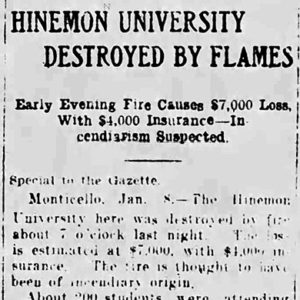 Hinemon University Article
Hinemon University Article




